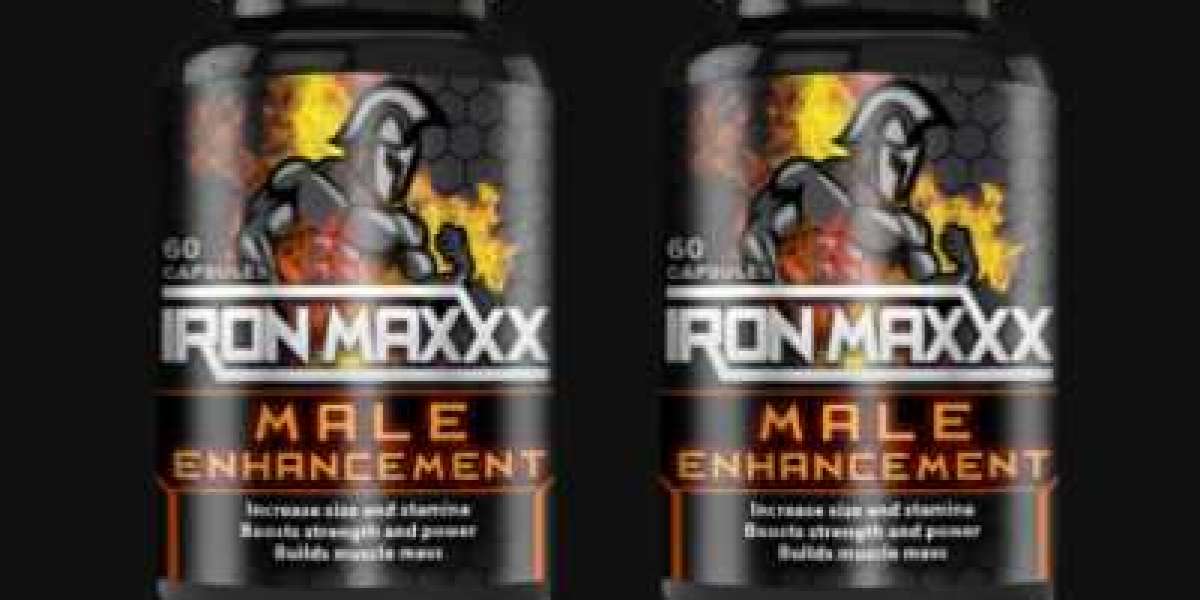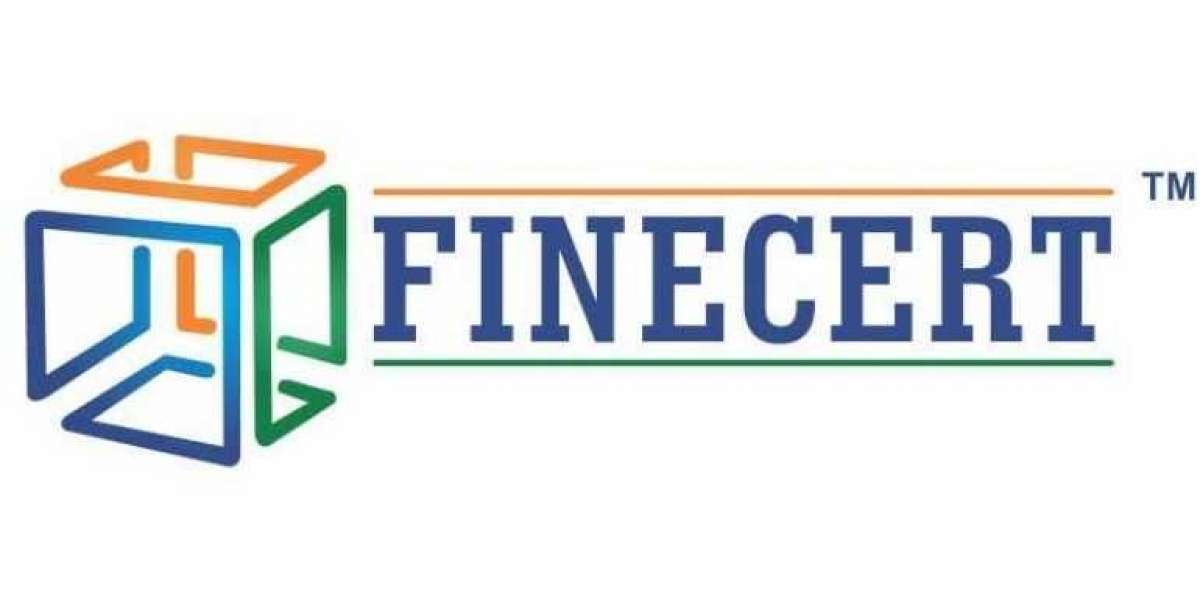Options expand for managing myopia with contact lenses
With myopia on the rise, optometrists find themselves on the front lines of the epidemic. Myopia management has gained traction in the U.S. in the past several years and has remained a hot topic in optometry today.To get more news about colored contacts, you can visit beauon.com official website.
Primary eye care providers, pediatric optometrists and contact lens specialists all examine candidates for myopia management daily. Currently, optometrists in the U.S. can treat myopia with atropine therapy or contact lens therapy and sometimes can use a combination of the two. During the initial consultation, the eye care provider should take into consideration several factors to determine the best myopia management option for the patient. These considerations include the patient’s age, biological parental refractive error and the patient’s lifestyle and activities.To get more news about colored contacts prescription, you can visit beauon.com official website.
If contact lenses are deemed the best first management choice for the patient, the next step is deciding what contact lens is appropriate for the patient. There are many options in the optometrist’s myopia management contact lens toolbox.Daily disposable lenses are an excellent choice for myopia management for several reasons. They have a lower rate of adverse effects compared with reusable contact lenses (Chalmers et al.) and lend themselves to increased compliance (Dumbleton et al.). In addition, the ease of care is a sizable advantage for the pediatric population.To get more news about colored contacts non prescription, you can visit beauon.com official website.
There are currently two center distance multifocal daily disposable contact lenses on the market. NaturalVue by Visioneering Technologies functions as an off-label choice for myopia management. The power profile goes to –12.25 D in 0.25 D steps with an effective +3.00 D add. These lenses offer a Neurofocus Optics design, creating an extended depth of focus.
CooperVision MiSight 1 day, is the first FDA-approved contact lens (for children who start treatment from ages 8 to 12 years) for slowing the progression of myopia. The power profile extends to –6.00 D in 0.25 D steps and offers a concentric ring design with alternating vision correction zones and treatment zones of +2.00 D.Planned replacement soft contact lenses are a more economical option in the toolbox. Johnson Johnson’s Acuvue Oasys for Presbyopia (2-week replacement) and CooperVision Biofinity and Proclear Multifocal lenses (monthly replacement) offer distance center multifocal designs. Further, CooperVision Biofinity Multifocal lenses now offer toric correction up to 5.75 D, a good option for patients with residual astigmatism. The BLINK study published in August 2020 supports using a high add (+2.50 D) for the most effective myopia management (Walline et al.). All the lenses in this category are used off-label for myopia management.
Orthokeratology is a reliable and widely accepted option for myopia management. It has the added benefit of freeing the patient of correction during the daytime. It allows for more parental control and is a great option for athletes, especially swimmers. Orthokeratology is FDA-approved for treating up to 6.00 D of myopia and 1.75 D of corneal astigmatism, with an off-label use for myopia management. With the advent of toric orthokeratology lenses, higher degrees of limbal-to-limbal corneal astigmatism can now be corrected.














